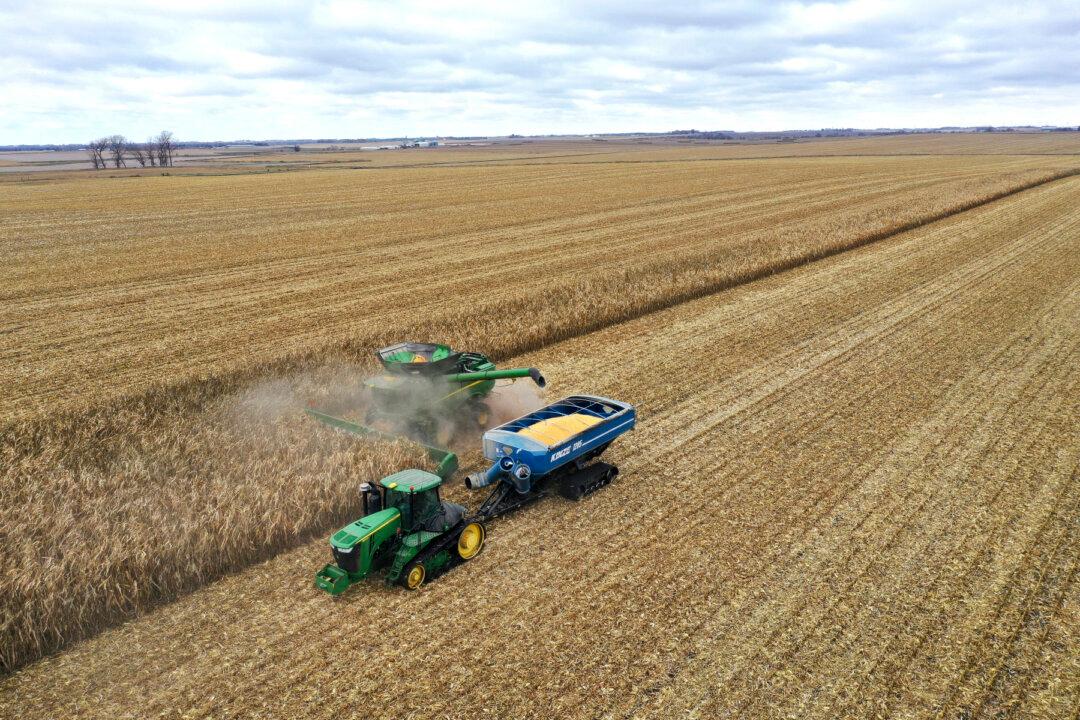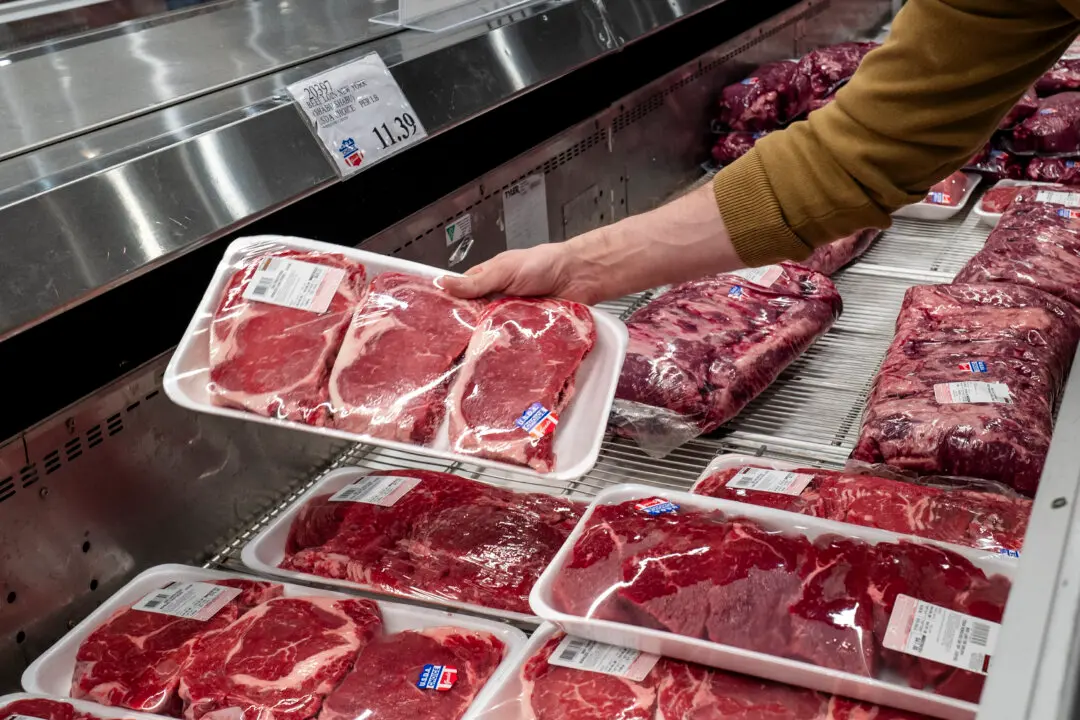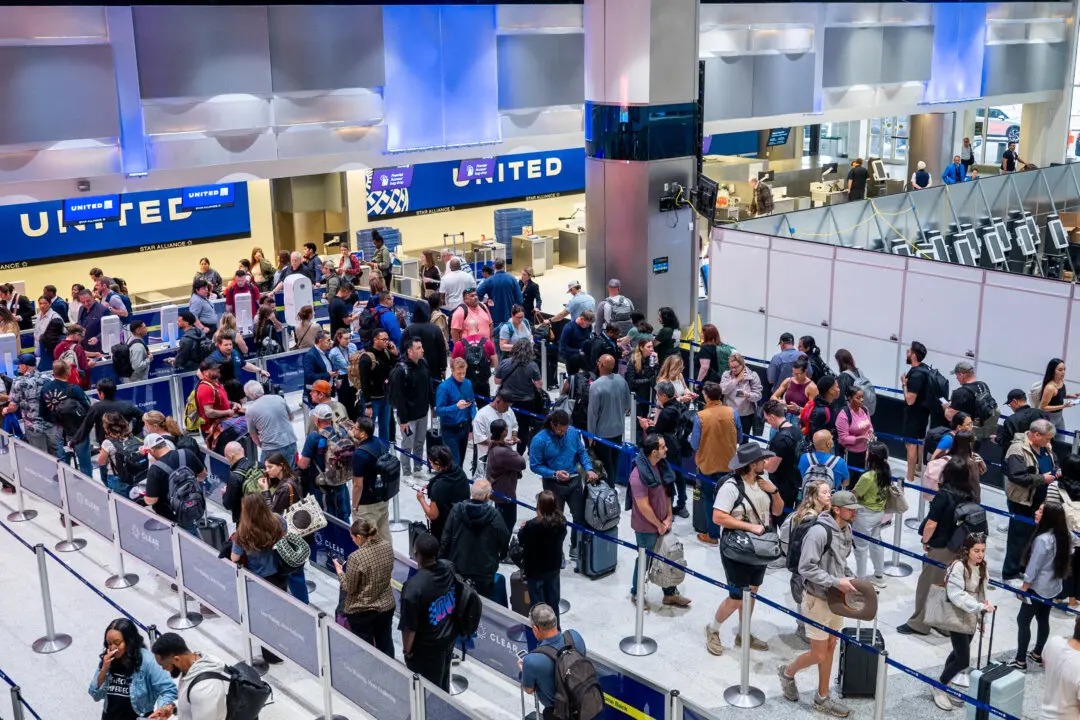More than 43,000 individuals are receiving financial assistance as part of a federal program aimed at helping farmers, ranchers, and forest landowners who “experienced discrimination” prior to 2021. The total assistance package amounts to about $2 billion.
On July 31, the U.S. Department of Agriculture (USDA) and the White House announced the government would be paying awards of $10,000 to $500,000 to 23,000 members of disadvantaged groups who have or had a farming or ranching operation. Moreover, it is sending between $3,500 and $6,000 to individuals who planned to have a farming or ranching operation but reported they were unable to do so because they could not get a USDA loan.





